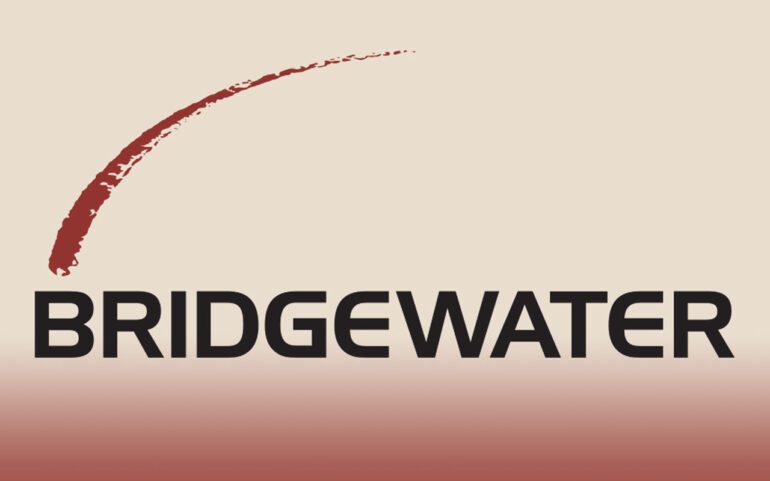TL;DR:
- Bridgewater Associates, the world’s largest hedge fund, is undergoing a significant transformation post-founder Ray Dalio’s departure.
- CEO Nir Bar Dea is leading a strategic shift to boost returns, profitability, and explore new revenue streams.
- The transformation includes capping flagship fund sizes, emphasizing artificial intelligence (AI) and machine learning, and reducing the workforce.
- Bridgewater’s changes reflect broader industry trends like the rise of multi-strategy giants, sustainable finance, and advanced technologies.
- Challenges include adapting to cultural shifts, managing large-scale funds effectively, and leveraging technology for a competitive edge.
- New leadership, including co-CIO Karen Karniol-Tambour, supports this transformation.
Main AI News:
In the wake of billionaire founder Ray Dalio’s departure, Bridgewater Associates, the world’s largest hedge fund, is undergoing a profound transformation. CEO Nir Bar Dea is spearheading a strategic overhaul aimed at boosting returns, maximizing profitability, and exploring new revenue streams. This monumental shift involves placing limits on the size of its flagship funds, a heightened emphasis on artificial intelligence and machine learning, and a reduction of approximately 100 jobs. Bridgewater’s transformation signifies a departure from Dalio’s era of radical transparency and systematic investment strategies.
Adapting to Industry Shifts
Bridgewater’s strategic transformation mirrors broader trends within the hedge fund industry. The rise of multi-strategy giants, the increasing focus on sustainable finance, and the adoption of advanced technologies like generative AI and quantum computing are all impacting the sector. Notably, Bridgewater is capping its Pure Alpha strategy, a significant departure from its previous approach that disregarded size constraints. This shift acknowledges the challenges of managing large-scale funds in today’s ever-evolving financial landscape.
Key Components of Bridgewater’s Transformation
- Moving Away from Dalio’s Legacy: Bridgewater is shifting from the principles of radical transparency and systematic investing toward a more diversified, technology-driven approach.
- New Strategic Direction: The firm is placing caps on flagship funds, intensifying its focus on AI/ML, and implementing workforce reductions, all aimed at boosting returns, profitability and exploring new revenue streams.
- Leadership and Cultural Shifts: Nir Bar Dea, supported by new leadership figures like Karen Karniol-Tambour, leads this transformation. Addressing internal dynamics and cultural shifts concerning personal relationships and favoritism poses a unique set of challenges.
Navigating Industry Trends
Bridgewater faces challenges posed by larger, multifaceted hedge funds, as well as the imperative of aligning with sustainability trends and satisfying investor demands. The integration of AI, machine learning, and emerging technologies such as generative AI and quantum computing is becoming increasingly pivotal.
Challenges and Opportunities Ahead
Success for Bridgewater hinges on its ability to adeptly navigate cultural shifts and internal dynamics. Managing large-scale funds effectively in a dynamic environment remains a key challenge. Leveraging technology, including AI/ML and advanced tools, holds the potential to provide a decisive competitive edge.
Leadership for the Future
CEO Nir Bar Dea is leading the charge, diversifying operations, prioritizing sustainability, and harnessing AI and machine learning for investment strategies. The recent addition of co-CIO Karen Karniol-Tambour further strengthens Bridgewater’s leadership team and positions the firm to thrive amidst the technological revolutions sweeping the industry.
Culture and Internal Dynamics
However, Bridgewater’s culture and internal dynamics are also facing scrutiny, particularly regarding personal relationships among employees and allegations of favoritism. Navigating these issues underscores the unique challenges of managing workplace dynamics within a large, closely-knit organization. As Bridgewater progresses through this transformative phase, its capacity to adapt and innovate while addressing internal cultural shifts will be pivotal to its ongoing success in the fiercely competitive landscape of hedge fund management.
Conclusion:
Bridgewater’s bold transformation toward an AI-centric strategy, coupled with its response to industry trends and internal challenges, positions the firm to remain competitive and relevant in the evolving hedge fund market. Embracing technology and diversifying strategies aligns with industry shifts, while the successful management of cultural dynamics will be crucial for sustained success. Bridgewater’s ability to navigate these changes may set a precedent for the broader market as it grapples with similar shifts and challenges.

